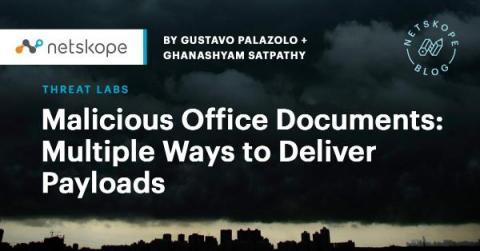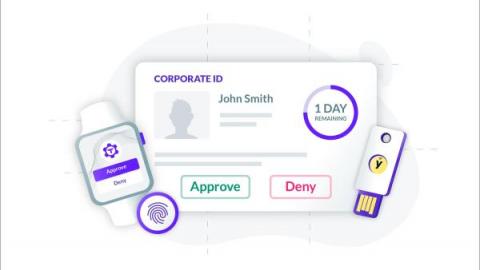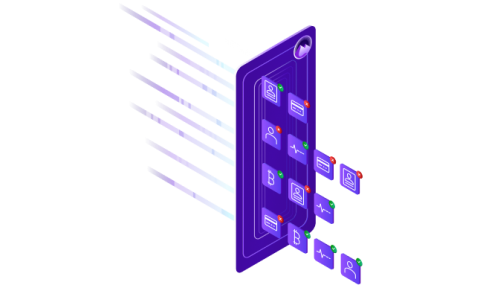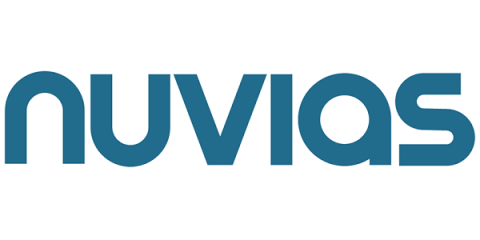New Advanced AlienApps for Akamai ETP and Akamai EAA help streamline threat management
When it comes to powerful integrations, AT&T Cybersecurity leads the way. We understand that customers want solutions that bring together visibility, response, orchestration, analytics, reporting, and more. As the attack surface continues to grow, AT&T continues to look for ways to stay ahead of threats, and one of the ways we do this is through our integrations with strategic partners in the form of new Advanced AlienApps.











